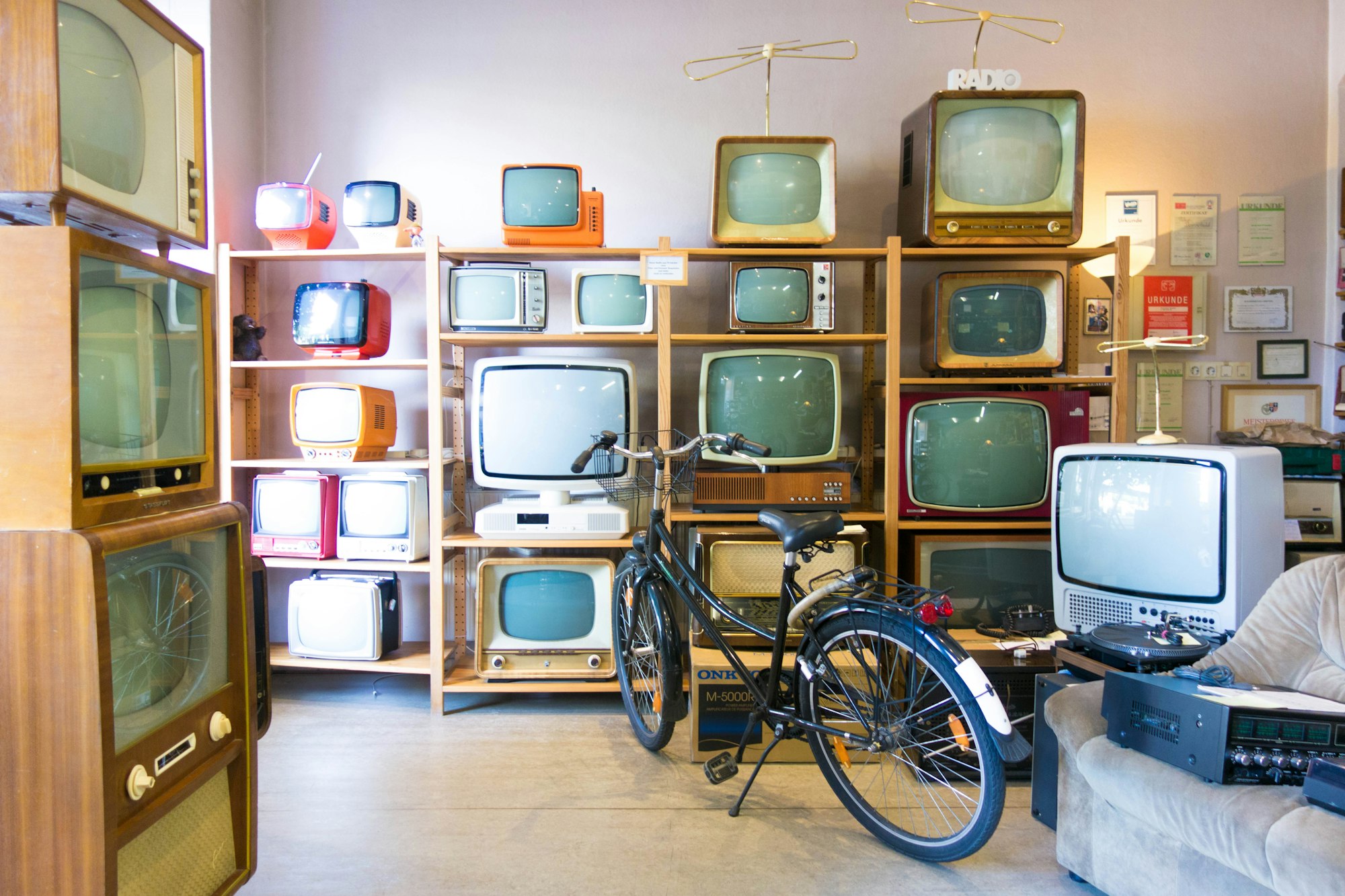The Evolution of Broadcasting: From the Airwaves to the Digital Age

Broadcasting, the transmission of audio or video content to a wide audience, has undergone a remarkable journey since its inception. From the early days of radio waves to the digital revolution of today, broadcasting has shaped culture, politics, and society. In this blog post, we'll delve into the fascinating history of broadcasting, exploring its origins, milestones, and the transformative impact it continues to have on our world.
The Birth of Broadcasting: The story of broadcasting begins in the late 19th century with the pioneering work of inventors like Guglielmo Marconi and Nikola Tesla. Marconi's experiments with wireless telegraphy laid the groundwork for what would become radio broadcasting. In 1895, he successfully transmitted radio signals across a distance of over a mile, demonstrating the potential for long-distance communication without wires.
By the early 20th century, radio broadcasting had emerged as a powerful medium for entertainment, news, and communication. The first scheduled radio broadcast took place in 1920 when station KDKA in Pittsburgh aired the results of the U.S. presidential election. This historic event marked the beginning of a new era in mass communication.
The Golden Age of Radio
The 1920s and 1930s are often referred to as the "Golden Age of Radio." During this time, radio broadcasting flourished, captivating audiences with a diverse array of programming. From comedy shows and variety programs to news broadcasts and serialized dramas, radio offered something for everyone.
One of the most iconic radio programs of the era was Orson Welles' "War of the Worlds" broadcast in 1938. Presented as a series of realistic news bulletins, the program famously caused widespread panic among listeners who believed that Martians were invading Earth. This incident highlighted the power of radio to evoke emotions and shape public perception.
Radio also played a crucial role during World War II, serving as a vital source of news and morale-boosting entertainment for troops and civilians alike. Broadcasters like Edward R. Murrow became household names for their fearless reporting from the front lines.
The Rise of Television
While radio dominated the airwaves for much of the early 20th century, the advent of television would soon revolutionize the broadcasting industry. The first experimental television broadcasts began in the 1920s, but it wasn't until the post-war period that television became a mainstream medium.
In 1948, the first regularly scheduled television programming began in the United States with the launch of networks like NBC and CBS. The popularity of television soared as families across the country gathered around their sets to watch sitcoms, dramas, and live events like the World Series and the moon landing.
Television also brought visual storytelling to a whole new level, with iconic shows like "I Love Lucy," "The Twilight Zone," and "The Ed Sullivan Show" captivating audiences with their compelling characters and groundbreaking visuals. Advertisers quickly recognized the potential of television as a marketing platform, leading to the rise of the commercial broadcast model.
The Digital Revolution
The latter half of the 20th century saw further advancements in broadcasting technology, including the transition from analog to digital transmission. Digital broadcasting offered improved audio and video quality, as well as greater efficiency in spectrum usage.
The rise of cable and satellite television in the 1980s and 1990s expanded the number of channels available to viewers, providing access to niche content and specialized programming. This era also saw the emergence of 24-hour news channels like CNN, which transformed the way news was delivered and consumed.
The Internet Age
The dawn of the internet age brought yet another paradigm shift to the broadcasting industry. The rise of streaming services like Netflix, Hulu, and YouTube challenged traditional broadcasters by offering on-demand access to a vast library of content.
Social media platforms like Facebook, Twitter, and Instagram further disrupted the industry, enabling broadcasters to interact with their audience in real-time and extend the reach of their content beyond traditional channels. Live streaming has become increasingly popular, allowing individuals and organizations to broadcast events, concerts, and breaking news directly to viewers around the world.
The Future of Broadcasting: As we look to the future, it's clear that broadcasting will continue to evolve and adapt to new technologies and consumer preferences. Virtual reality, augmented reality, and artificial intelligence are poised to revolutionize the way we experience content, blurring the lines between the physical and digital worlds.
However, one thing remains constant: the power of broadcasting to inform, entertain, and inspire audiences on a global scale. Whether it's through the airwaves, cable, satellite, or the internet, broadcasting will continue to shape our culture and connect us in ways we never thought possible.
The history of broadcasting is a testament to human ingenuity and innovation. From humble beginnings to the digital age, broadcasting has undergone a remarkable evolution, shaping the way we communicate, entertain, and understand the world around us. As we embrace new technologies and platforms, let us never forget the enduring power of broadcasting to unite us as a global community.
